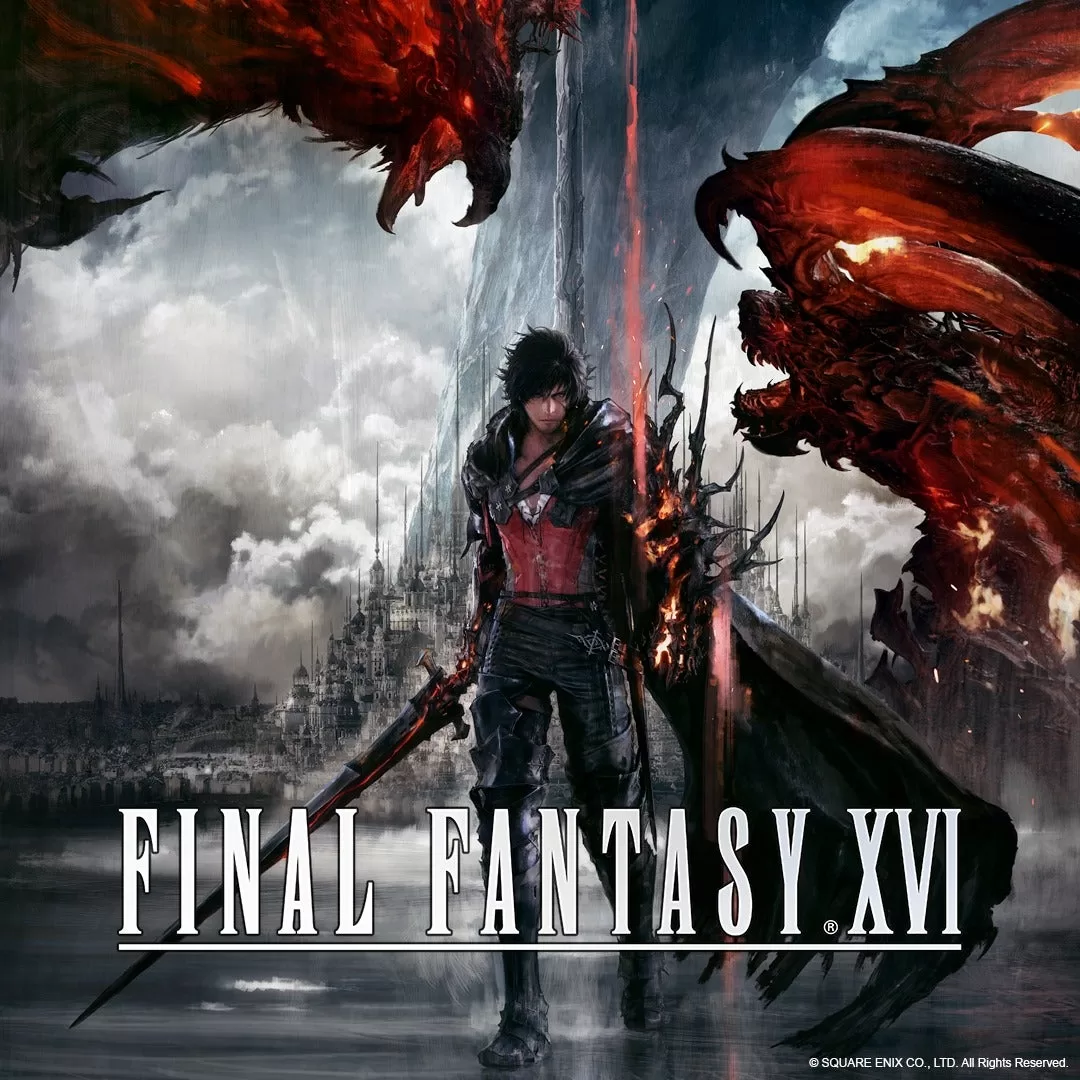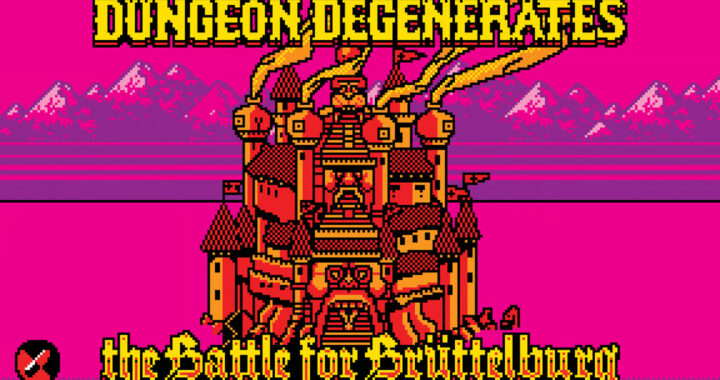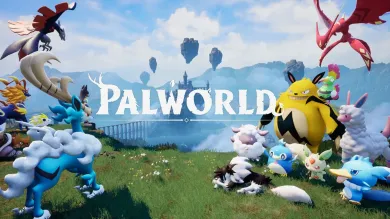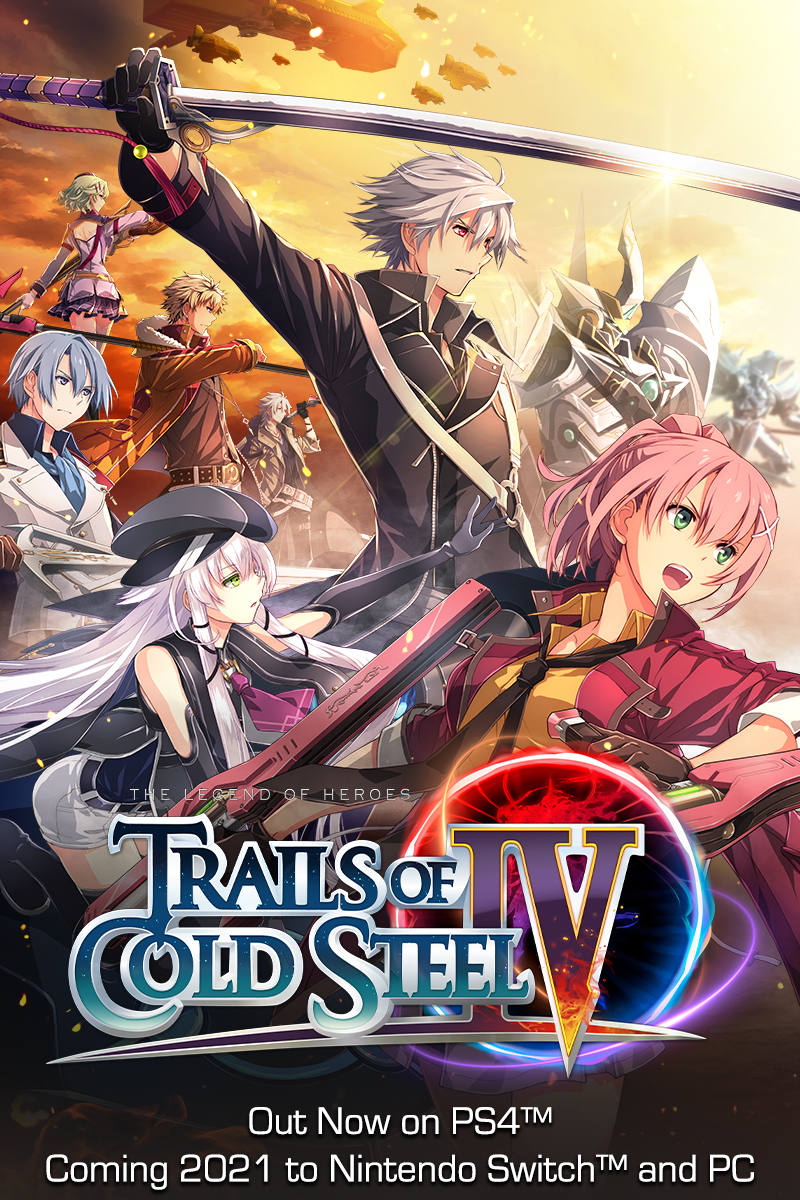
Game Review: The Legend of Heroes: Trails of Cold Steel IV
From the outset, I’ll admit that I slept on the Trails of Cold Steel series until late 2019. Although it seemed like the kind of JRPG that I would enjoy, there was a steep buy-in to these games even when they were on sale. However, in 2020, that changed, and in all honesty, it was the pandemic that gave me the final push and made me a Legend of Heroes fan. This series gave me what I was looking for as a fan of JRPG’s—solid turn-based combat (all too rare nowadays), some amazing worldbuilding, and a deeply involved epic story with characters that I enjoyed spending time with. Cold Steel 1-3 had done such a great job in building up its narrative, characters, and world that I wondered whether Falcom could give their expansive, winding saga a proper conclusion, especially after the shocking cliffhanger in Cold Steel 3.
The answer, as someone who spent an entire year into these games, is that Trails of Cold Steel IV most emphatically does, provided that you spend enough time with it. Be warned from the outset that this is not a good game to start your journey into the setting of Zemuria—the lore is extremely dense, the story is extremely complex with many moving parts, and the cast is immense. By the time the game reaches its finale, the final party will approach 39 characters, and those are just the playable ones, never mind all the support characters. This game is unique in that this is not only the ending of a four-game main series, but it also is the conclusion of an arc that covers two other series within the Legends of Heroes franchise, and it features the main characters of those games as well. This game does its best to explain the scenario for new players coming in, but it most rewards players who have been following at least through the early Cold Steel games. By the end of the game, all of these characters get the resolution they need, every major character gets a sense of progression to their story arc, and there is closure for all the members of Thors Military Academy Class VII.
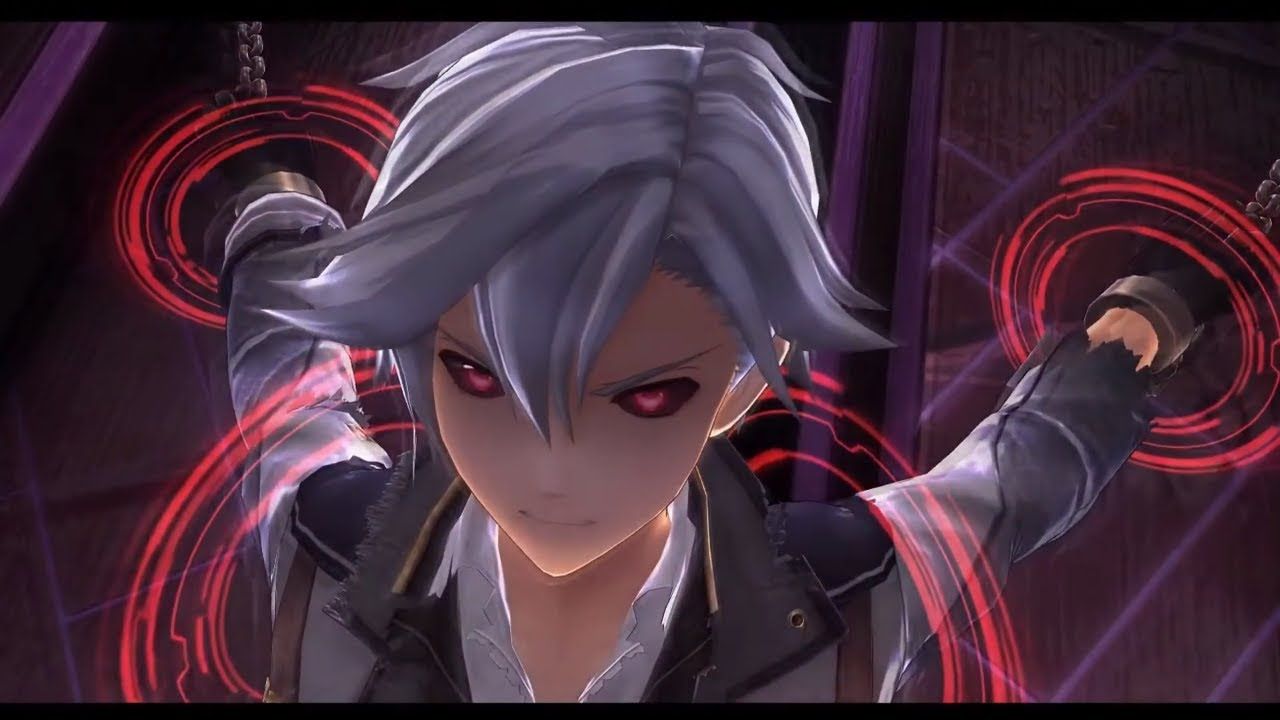
The story itself starts off on an interesting note, in that your initial group must rescue the main character after he was taken captive at the end of Cold Steel III. The first act of the game focuses much more on the New Class VII, led by Juna Crawford (voiced by Erika Harlacher of Persona 5 fame), as they stage a daring rescue mission to save Rean Schwarzer from the game’s main villains as well as his own inner demons. Once Rean is back in your party, he once again takes his place as the main character, where the game shifts focus towards a plot involving preventing an apocalyptic world war across Zemuria and the reforging of a cosmic entity that has cursed the land. All of the villains are fully realized characters, whether they’re likeable antagonists (like Arianrhod or Rutger Claussell), goal-driven villains (like Black Alberich), or even the truly detestable ones (like Campanella the Fool). At the heart of the entire conflict, though, is the character of Giliath Osborne, perhaps the most complicated and fascinating antagonist in the entire series, and his conflict with Rean drives the entire story. It’s satisfying to face all of these characters in their respective boss encounters, and by the time you’ve defeated some of them, there’s a lingering sense of regret to see them go. While the game’s standard ending feels a bit empty and unfulfilling, the true ending of the series is vastly more satisfying, giving a proper goodbye to these characters I’ve spent the past year with.
In terms of the game mechanics, they haven’t changed too significantly since Trails of Cold Steel III. If you liked the way combat was executed in that game, you’ll like it just as much here. The Legends of Heroes games generally operate by turn-based combat, with each character having a specific set of abilities that you can use. The game gives you plenty of options to work with, whether it’s basic attacks, Arts (essentially magic), Crafts (special abilities that cost CP), and S-Crafts (powerful ultimate abilities that consume all CPs). Like with Cold Steel III, this game also allows you to use Brave Orders, special buffs that consume Brave Points. The result is a system that allows for good tactical combat and allows for varied play styles in combat. While Cold Steel IV doesn’t innovate much in terms of base combat and feels like a continuation of Cold Steel III, the mech battles are a bit more sophisticated and flexible than in the previous game. The Divine Knight battles are much more exciting to play here, as Rean faces much more powerful enemies and grows in power accordingly. The minigames from the previous game are also available, and if you enjoyed those, you should be satisfied with this game as well. Although I didn’t personally enjoy Vantage Masters (a Magic style card game), Cold Steel IV thankfully doesn’t require you to play it to progress through the story as Cold Steel III did. The fishing game is fortunately much more enjoyable, and you get good rewards for completing the fishing challenges. The game also offers numerous sidequests, which you can accept or refuse as you wish, but they offer much more to the story if you do complete them. Unlike many other RPG’s, the sidequests in the Trails games feel like they matter to the story and are more than just busywork just to accumulate loot. Moreover, you’re encouraged to complete all the late game sidequests if you want to see a more satisfying ending to the main storyline. The result is a long and arduous process, but the game makes the journey so entertaining that you’ll want to finish as much as you can before the end.
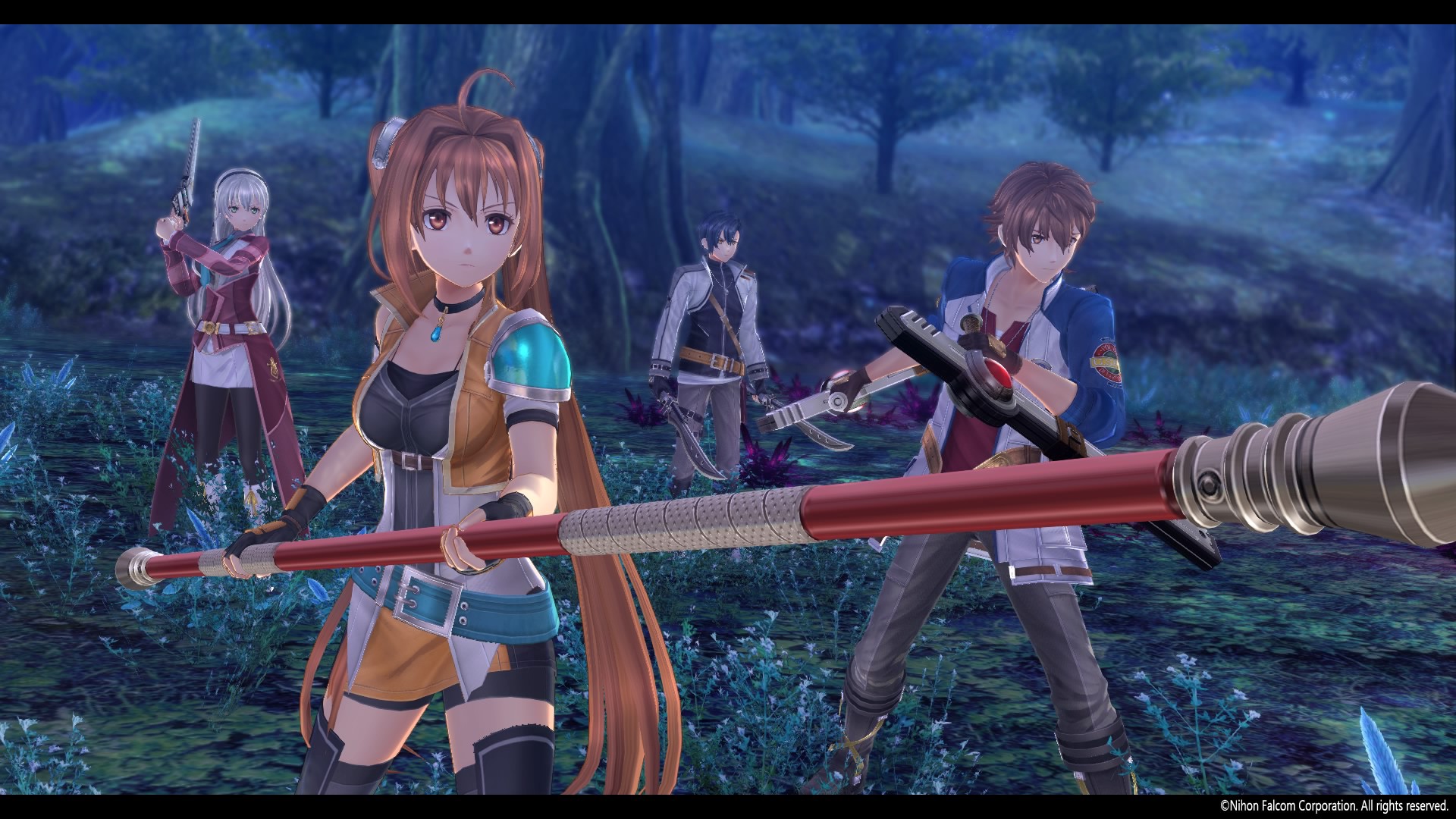
Finally, I’ll add that Trails of Cold Steel IV boasts an impressive number of English language voice actors, and many that are recognizable from anime or other game franchises. For instance, Persona 5 fans will recognize many familiar voices (such as Robbie Daymond, Erika Harlacher, Cassandra Lee Morris, and Xanthe Huynh), in addition to voices that are returning from previous games in the Trails series. All of them do an outstanding job as their respective characters, and the level of acting is quite remarkable. Even though they replaced Marisha Ray as the English voice of Laura Arseid (who had been around for the past three games and made Laura memorable), Heather Gonzalez picks up the role so well that the difference is barely noticeable in Cold Steel IV. This cast is anchored by the excellent Sean Chiplock as Rean, who gives the character the right combination of friendliness, determination, and authority as the leader of Class VII. Although Peter Beckman is missed as Giliath Osborne, Michael Sorich does a more than capable job as the game’s main villain and conveys the majesty and presence of the character. While some of the changes are regrettable, they don’t affect the quality of the voice acting in any way and the characters feel the same as they’ve always been.
This isn’t to say that the game is completely flawless, though it does make a good attempt. The game feels more like a continuation of Cold Steel III in terms of visual design and gameplay, so don’t expect too many major changes to the formula. The base mechanics are much the same, and the story does re-use assets from the previous game as Class VII visits the same earlier locations. As previously mentioned, this is not a good game to jump in for a new player, given the sheer amount of characters and information the series is balancing, though it makes a reasonable attempt to make it work. I personally found Vantage Masters quite frustrating compared to the previous card game, and there was a sidequest towards the end of the game that encourages you to play at a disadvantage against another character. While minigames have their place, I dislike requiring them, though Cold Steel IV manages this much better than the last game did. There are also times when the story does draw noticeably on harem anime tropes with respect to Rean’s romance options, though these are mainly played for laughs. Still, these are small issues that don’t detract from the overall experience.
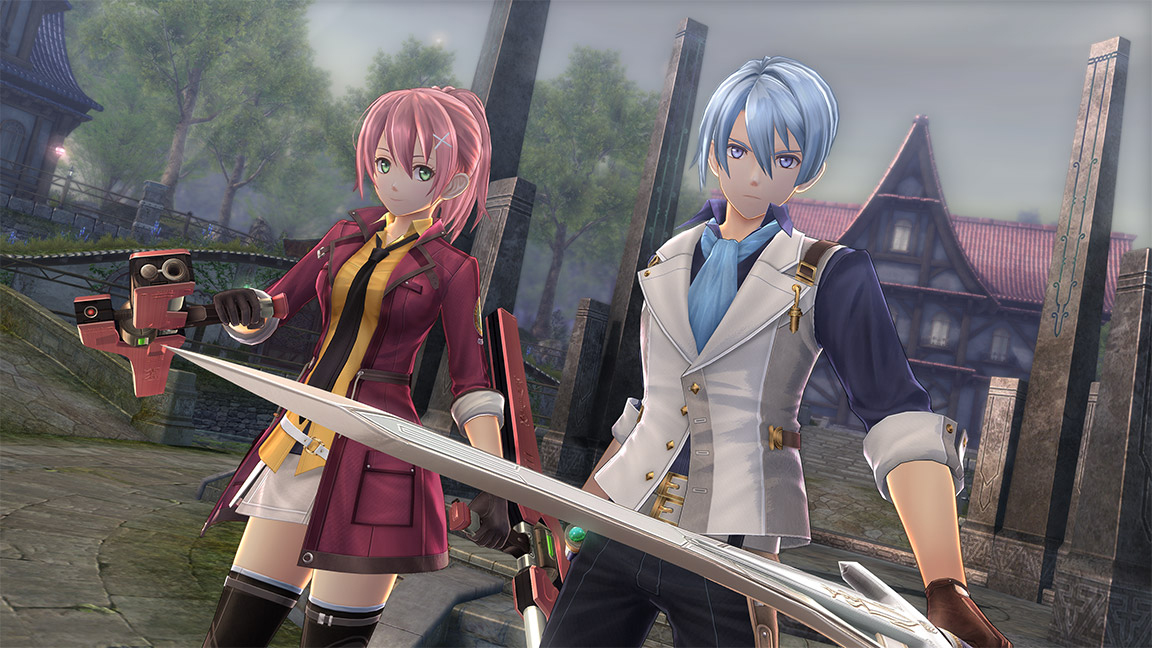
Although there are games that accomplished more in terms of innovation in 2020, Trails of Cold Steel IV is one of the most emotionally satisfying games that I’ve played in the past year. With the exception of Persona 5 Royal (which was an updated rerelease), The Legend of Heroes: Trails of Cold Steel IV was easily the most enjoyable gaming experience I had in what was a fairly bad year in general. Sometimes what’s most important isn’t how accessible it is or how much it changed the genre, but whether or not it told a satisfying story and provided a satisfying gameplay experience. In that, Trails of Cold Steel IV more than succeeded, and on that level, it was one of my favorite games of the past year. Though I’m unsure how the series will move forward after a conclusion this decisive, I look forward to seeing where Falcom will go next with the franchise.
Score: 5/5
Publisher: Falcom/NIS America
Platform: PS4
Author Profile
- Steve Sellers had been a fan of superheroes ever since Superman: The Movie. But it took the JSA, the Legion of Super-Heroes, Dragonlance, Lord of the Rings, Twilight Zone, and Chris Claremont's legendary run on the X-Men to make him a writer and a longtime fan of comics, fantasy, and science fiction. Steve is the co-creator of WHITE DRUID & MICHAEL NERO and GUARDIANS OF ELAYIM for Omen Comics, and he is also the creator of BLITZ and SHOCKWAVE for Revelation Comics (an imprint of Omen Comics).


